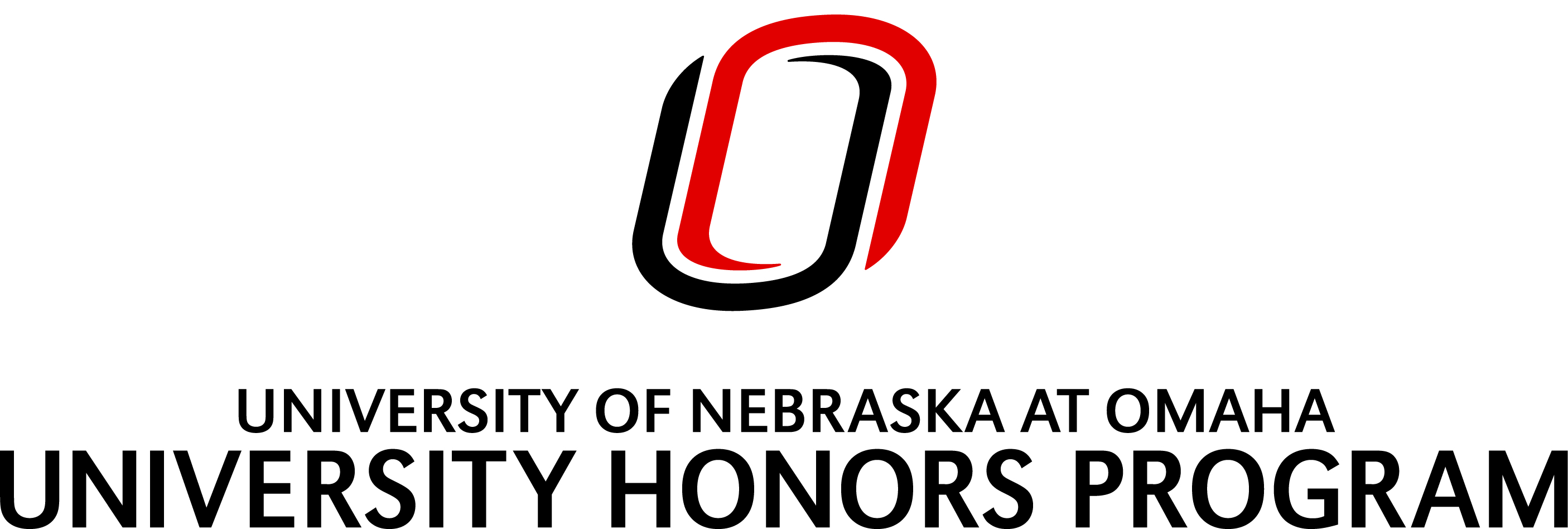Month/Year of Graduation
5-2023
Degree Name
Bachelor of Science (B.S.)
Department
Special Education and Communication Disorders
First Advisor
Dr. Shari DeVeney
Abstract
Purpose. Young children, who by the time they are two years of age, have 50 or fewer words in their expressive lexicon and produce few to no two-words phrases are often identified as demonstrating “late language emergence” (LLE). The nature of the relationship between speech sound (phonological) production development and LLE continues to be an important area of inquiry in the field of speech-language pathology with clinical intervention implications. The present study aimed to further distinguish and confirm associations between phonological productions and language proficiency status at two years of age.
Method. Participants (n = 20) were divided into two attributional condition groups: those with LLE and those presenting with typical language development. Data collected as part of an ongoing study were analyzed including phonetic inventory and word-shape complexity data for each participant.
Results. Descriptive and inferential statistics were utilized to analyze study data and indicated significant differences between the condition groups regarding phonetic inventory and word shape complexity such that those with LLE generally produced fewer total sounds across word positions, fewer total consonant clusters across word positions, fewer singleton initial productive sounds, and fewer singleton final productive sounds. Those with LLE also generally produced fewer different word shapes and had fewer multisyllabic word productions.
Conclusion. In support of previous empirical findings, the present study findings of a positive correlation between phonological productions and language proficiency further indicated the bidirectional relationship of language and speech development during the toddler years.
Recommended Citation
Eberly, Makayla, "Comparing Speech Sound Production Skills across Two-Year Olds with Varying Language Proficiency using Phonetic Inventory and Word-Shape Complexity" (2023). Theses/Capstones/Creative Projects. 251.
https://digitalcommons.unomaha.edu/university_honors_program/251

